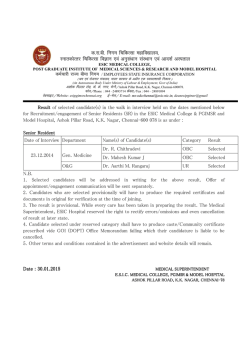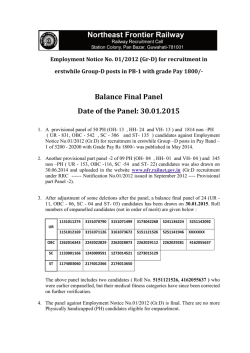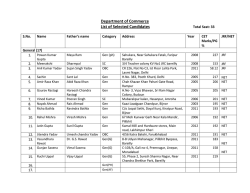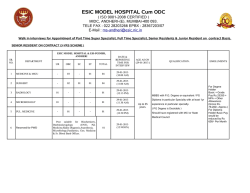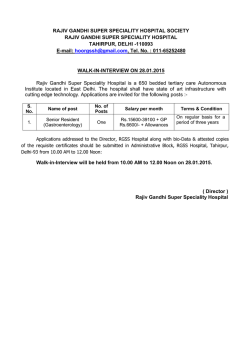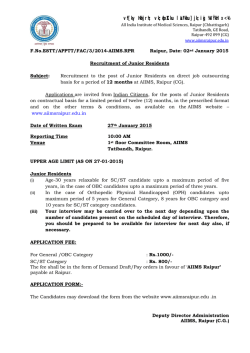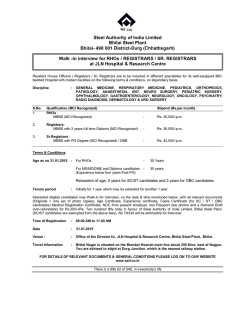
Remote programming system for µ-SAT3`s On-Board
Remote programming system for µ-SAT3’s On-Board Computer – IAA-LA-09-04 Fabio N. Nazzi1*,†, Santiago A. Rodriguez Gonzalez2*,†, and Pablo G. Morales3*,† * Centro de Investigaciones Aplicadas, DGIyD, Fuerza Aerea Argentina (CIA-DGID) † Facultad de Ciencias Exactas, Fsicas y Naturales, Universidad Nacional de Cordoba (FCEFYN UNC) Abstract The present work introduces the implementation of a remote programming system for On-Board Computer (OBC) of the µ-SAT3 microsatellite, currently being developed at CIA, a research and development center from Argentina Air Force. This satellite will have two independent OBCs, one of which will be active at a given moment, and the other will function as backup. These computers shall be capable of reprogramming each other upon request, emulating JTAG signals. Due to mission requirements, bug fixing or other unforeseen events, it may be necessary to correct or improve the software that is being executed on the active OBC. Thus, the purpose of this system is to offer a means to replace the current program into a OBC’s flash memory by a new one. Both OBCs will have one TMS570 microcontroller, which is IEEE 1149.1 standard (JTAG - Boundary Scan) compliant. The active OBC will be capable of receiving a new software from Earth station and write it into backup OBC’s flash memory. The new firmware will be received through an UHF link. That program will be divided into fixedlength packets before being sent. In order to provide some additional protection, those packets will include an error-detecting code. If an error occurs during transmission, the active OBC will abort the operation and report that situation. Otherwise, all the packet’s payloads will be stored into an external flash, waiting for the programming request. When a programming command is received, the active OBC will read the contents on the external flash and will write it into backup OBC’s program flash via JTAG port. 1 [email protected] 2 [email protected] 3 [email protected]
© Copyright 2025
